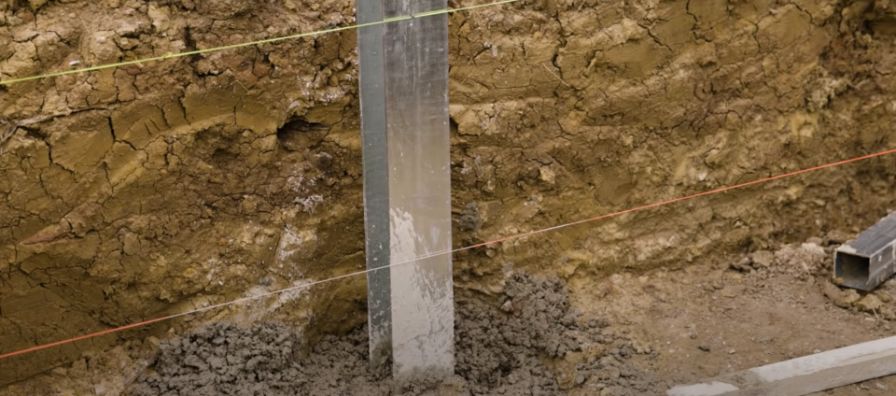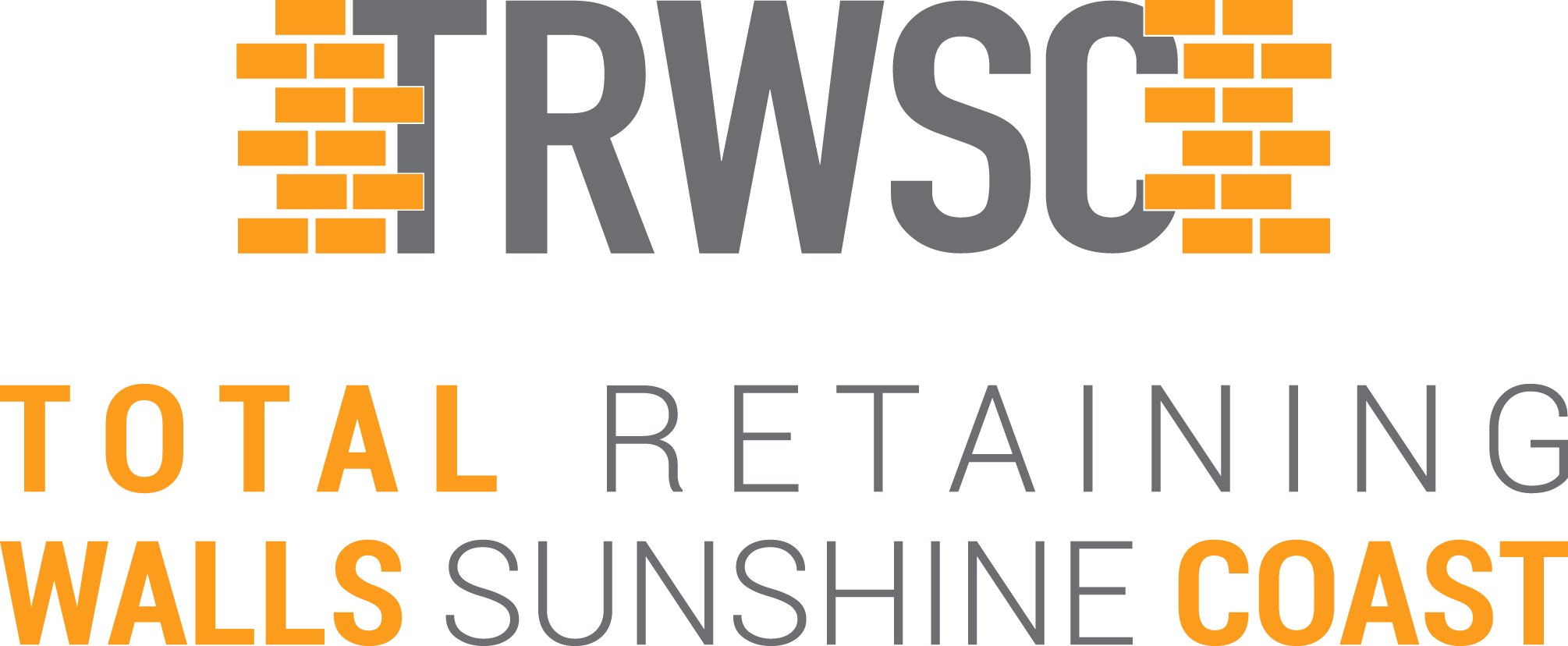Concrete sleeper, poured concrete, concrete block, timber, stone, brick, and gabion are the best materials for retaining walls today. All of these materials are commonly used to build retaining walls. Each one has its own distinct traits that can be used for various needs.
In this post, we’ll go through the top retaining wall materials so you can make an informed decision when choosing to install a retaining wall.
| Type of Material | Advantages | Disadvantages | Aesthetic | Longevity |
| Concrete Sleeper | Can last up to 50 years or more | Concrete can look dull | Concrete sleepers can make your garden plants stand out | Combining concrete sleepers with galvanised steel H beams can make these walls last for many years |
| Poured Concrete | Extremely durable | Needs expert help to build | Poured concrete is great for use in modern yards | To minimise building or waving, the concrete needs to be poured perfectly |
| Concrete Block | Can be used to create a range of designs | Concrete blocks aren’t easy to change after installation | Homes with mid-century architecture will benefit from these blocks | Concrete blocks don’t have footing and can be unstable when not installed correctly |
| Timber | Timber is easy to get | It can rot, warp, and hollow over time | You can use timber retaining walls in almost any landscape | Installing timber retaining walls properly could make them last for at least 10 years |
| Stone | Stone is a sturdy material for retaining walls | Controlling water flow in stone retaining walls isn’t easy | Country, colonial, and English-style gardens will benefit from stone walls | To prevent retaining wall failure, it’s best to keep water from seeping inside these structures |
| Brick | Can withstand outdoor elements easily | Time-consuming and labour-intensive | Matches traditional landscapes | Brick will last a long time when installed correctly |
| Gabion | No masonry experience or specific skill is needed to install these retaining walls for construction | Rusting wires is a common problem with gabion retaining walls | Coastal and riverside homes will benefit from gabion walls | These walls can move with the ground |
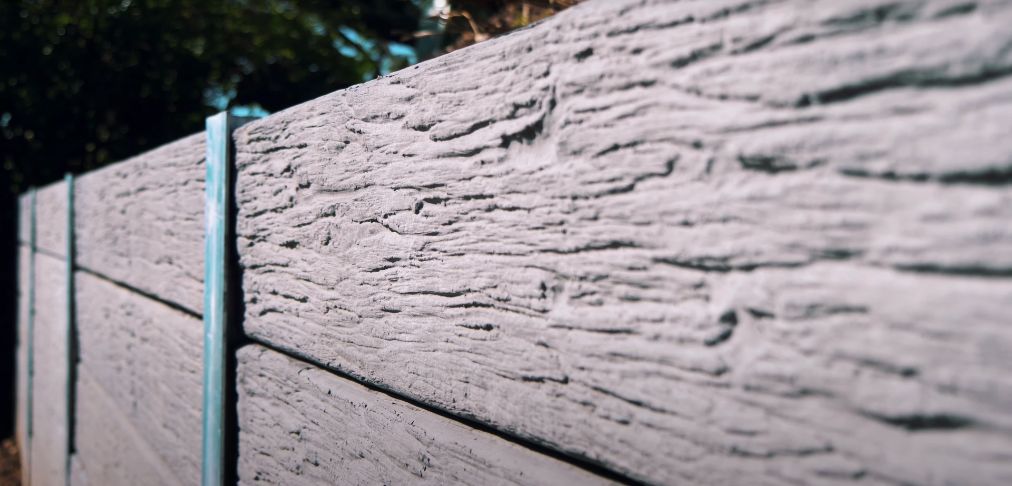
How to Choose the Right Retaining Wall Material
You can choose the right retaining wall material by considering the following:
Desired Style
The style you choose for your retaining wall will make it easier for you to choose the appropriate material to use. For example, brick retaining walls will look good in traditional yards while concrete sleepers are ideal for modern homes.
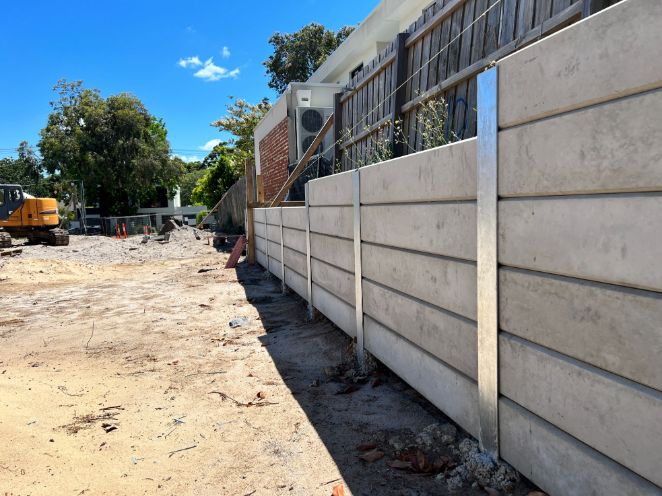
Think About Water Drainage
Proper drainage systems in place are important to ensure your retaining walls will last for a long time. However, excess moisture can’t be fully avoided when it comes to these structures. It’s best to select a material that doesn’t break down due to the presence of water.
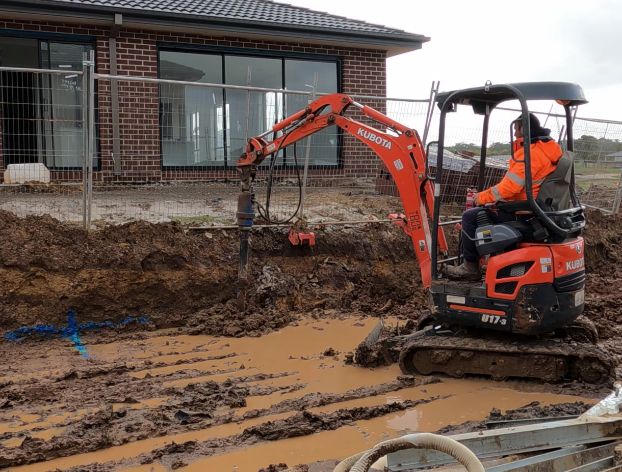
Retaining Wall Height
Finally, the height of your retaining wall has a huge impact on choosing the right material for it. Make sure you consult an expert retaining wall builder if you plan to install a wall that’s more than 1 metre above the ground.
